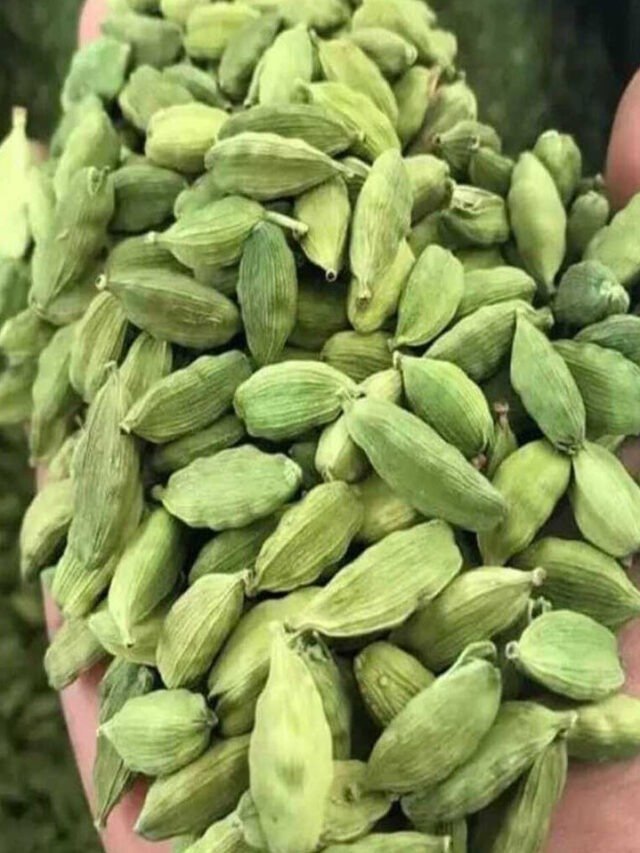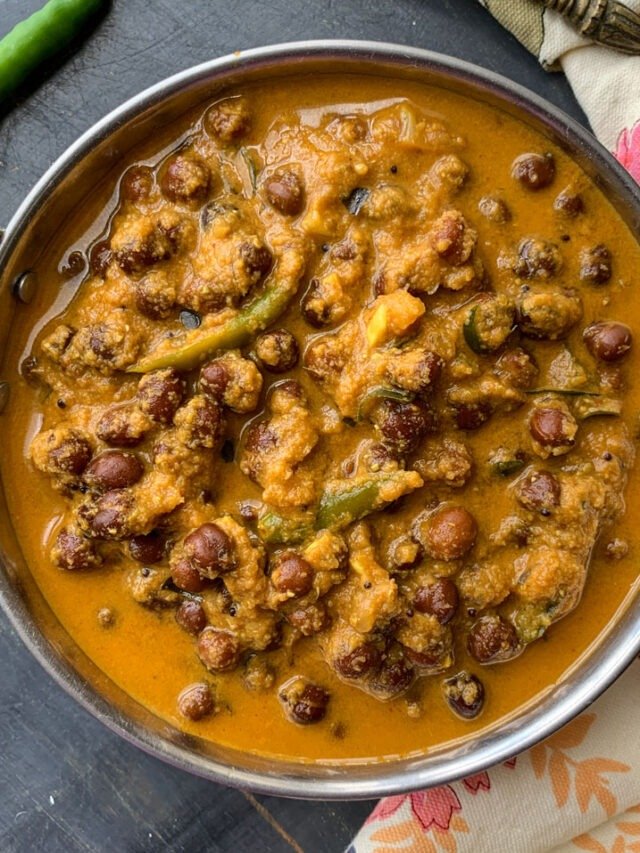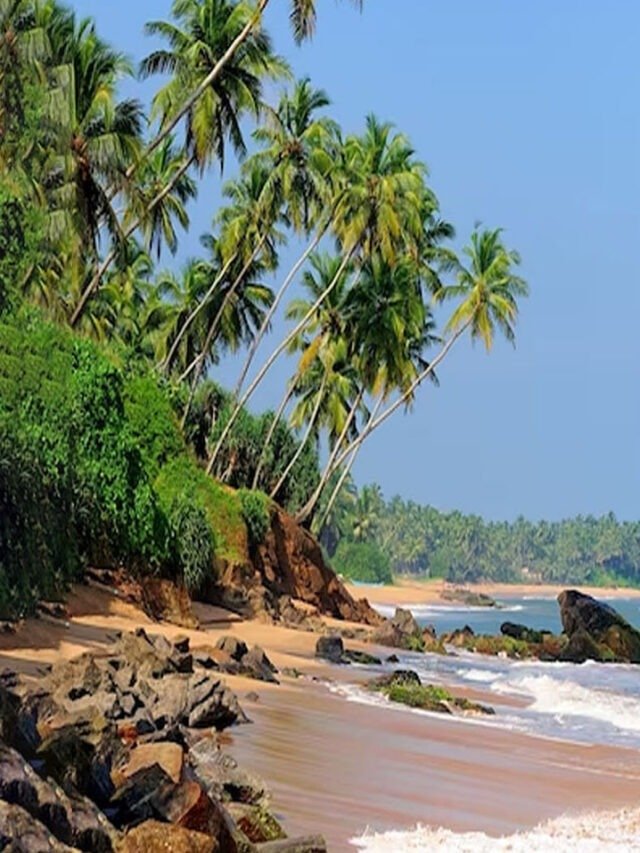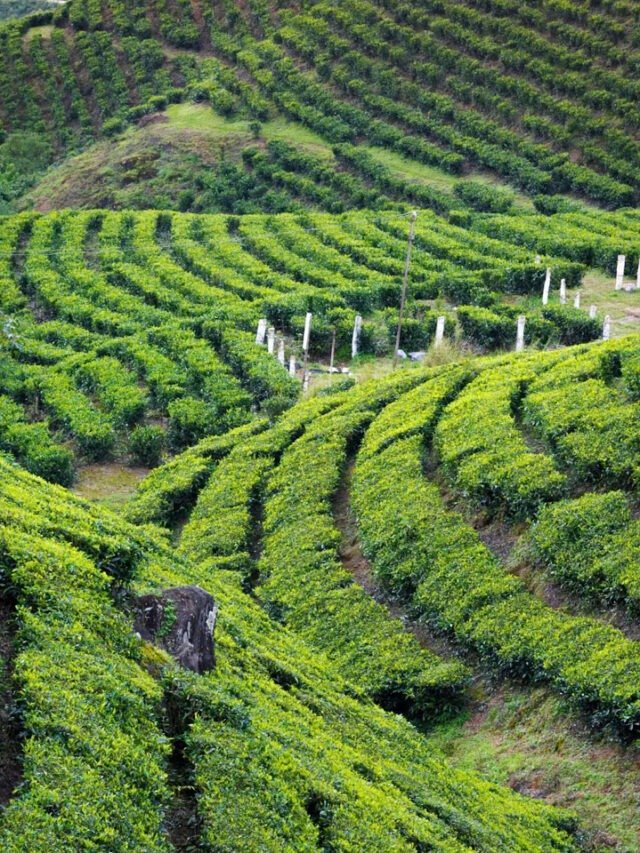HT Correspondent
ITANAGAR, Sept 7: Arunachal Pradesh, celebrated for its breathtaking landscapes and rich cultural heritage, is undergoing a quiet transformation. At the heart of this change lies the Trans-Arunachal Highway—an ambitious infrastructure project that has become more than just a road. For the people of the state, it is a lifeline, connecting remote communities, generating livelihoods, and opening the door to sustainable growth.
Stretching across valleys and hills that were once difficult to access, the highway has significantly reduced travel time while bringing Arunachal’s culture, economy, and biodiversity closer to the wider world.
One of the most captivating stretches lies between Hoj and Ziro. Along this section, the highway itself becomes an experience. Roadside vendors, many elderly women, line the route selling freshly harvested produce. Seasonal fruits, indigenous vegetables, and rare forest products turn a routine commute into a cultural and culinary journey.
For travelers, it is an opportunity to take home organically grown, locally sourced products. For villagers, the highway has become a sustainable source of income. With better connectivity, farmers and households can reach customers directly, ensuring fair prices and steady earnings. Women’s self-help groups (SHGs) have formed around this opportunity, pooling resources and strengthening community resilience.
“The highway has given us a platform,” said a young resident of Joram village. “Women in particular are benefiting by selling organic produce, and many households now enjoy financial stability.”
This shift is improving living standards while helping preserve traditional farming practices and organic cultivation methods deeply tied to the identity of Arunachal’s villages.
The highway’s significance extends beyond commerce. By linking remote communities to the state’s transport network, it has boosted tourism, improved access to services, and fostered inclusion for previously isolated populations.
Yet, experts caution that development must balance growth with ecological sensitivity. Arunachal’s pristine landscapes are among India’s last ecological frontiers, and their protection remains crucial.
The Trans-Arunachal Highway is more than a road; it is a story of empowerment. It demonstrates how infrastructure, thoughtfully executed, can harmonize modern connectivity with tradition, and progress with sustainability.
As Arunachal Pradesh emerges more prominently on India’s map of development, the highway stands as a reminder that growth need not come at the cost of culture or nature. Instead, it can weave them together into a journey toward shared prosperity.












